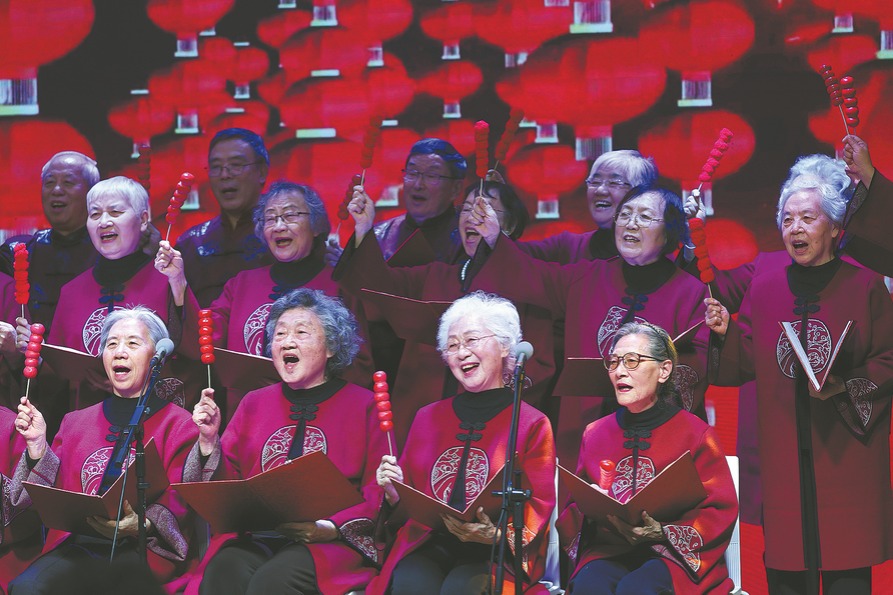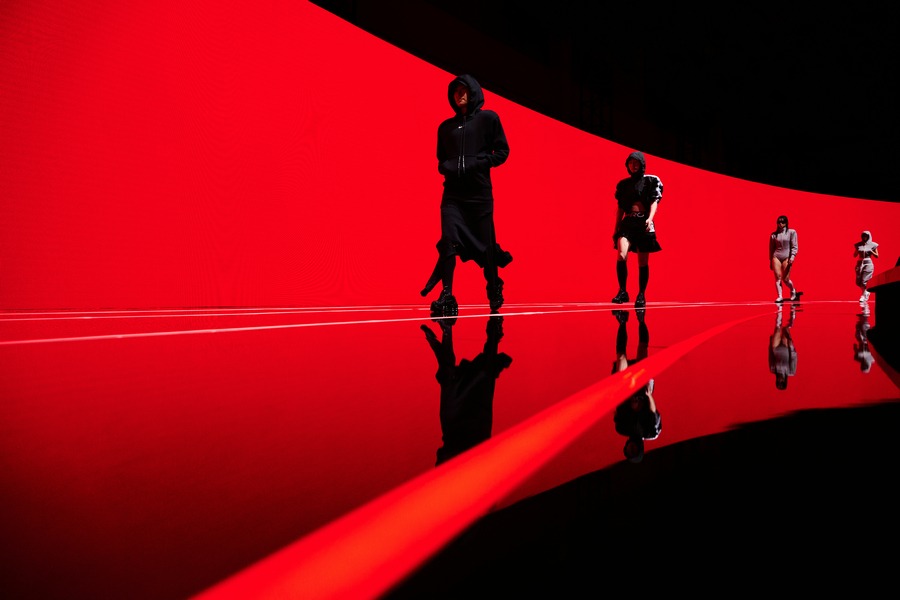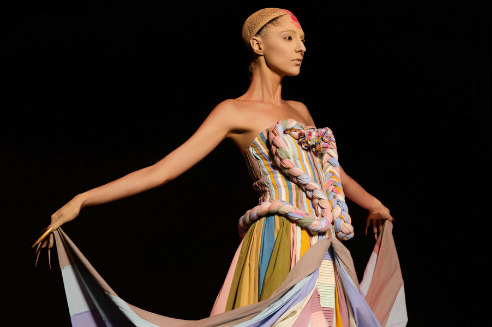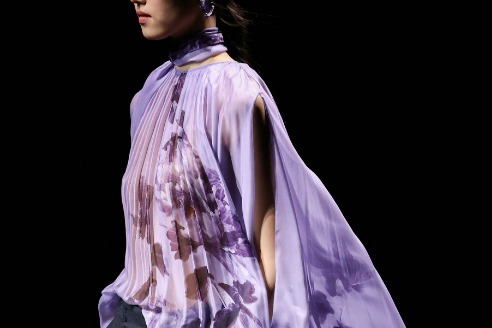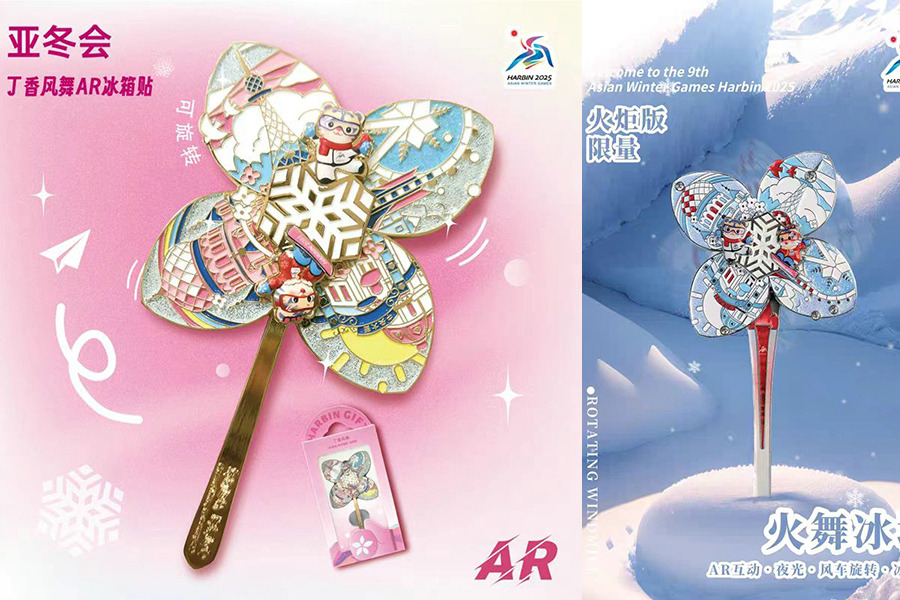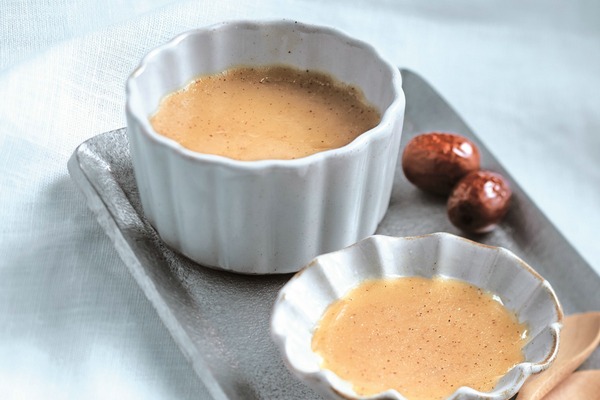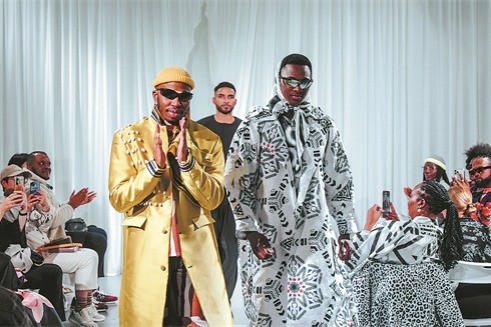Rediscovering Chinese aesthetics
Hanfu experiences a revival in popularity, blending historical symbolism with contemporary fashion trends, igniting cultural appreciation and innovative designs, both in China and abroad, Meng Wenjie reports.

Tradition meets modernity
With the rising popularity of hanfu, traditional attire and modern fashion are blending not only in clothing styles but also in cultural and conceptual dimensions.
Some hanfu enthusiasts believe that each design of hanfu's structural form reflects historical and cultural symbolism. They advocate for strict adherence to traditional forms and craftsmanship. However, some ordinary consumers prioritize the aesthetics and comfort of the clothing itself over strict historical accuracy.
Wei is among those who firmly uphold their beliefs regarding the structure of traditional hanfu. When engaged in restoration work, he meticulously references historical materials such as museum exhibitions and reports from archaeological teams. He dedicates significant effort to studying traditional clothing, aiming to provide consumers with authentic attire in its original form.
Despite his unwavering convictions about hanfu aesthetics, he acknowledges the emergence of different viewpoints. "It's a natural outcome of the resurgence and evolution of traditional culture in modern society," he said.
According to him, some people misunderstand hanfu, assuming it's all about loose-fitting and impractical for daily wear. However, attire worn during ancient agricultural activities was also well-suited for everyday life. "We can explore more traditional casual wear to meet daily clothing needs, rather than arbitrarily altering traditional ceremonial attire," said Wei.
Zhou Shuang, 37, is a lecturer at the Wuhan Institute of Design and Sciences in Wuhan, Hubei province, specializing in character styling for film and television and traditional Chinese clothing culture. According to her, traditional Chinese attire features three distinctive design elements. First, the collar crosses over, with the right side wrapping over the left. Second, the garment is loose-fitting, with wide sleeves that extend past the arms. Third, it is fastened with cords instead of buttons.
"Each design carries its own cultural significance. For instance, the loose-fitting robes and wide sleeves symbolize the harmony of nature," she said. "For those with a deep understanding of hanfu, their dedication to its structural integrity is admirable. It's a way of safeguarding and upholding the historical continuity of traditional clothing culture."
However, Zhou also pointed out that for those unfamiliar with traditional clothing culture, it's understandable for them to desire a blend of classical elegance with contemporary fashion.
This combination is referred to as the neo-Chinese style. "Neo-Chinese style clothing design doesn't merely layer traditional elements but seamlessly integrates modernity and tradition comprehensively and naturally, "explained Zhou. "It aims to showcase traditional charm that resonates with the aesthetic preferences of contemporary individuals."
- Young people drawn increasingly to cherished traditions
- Dunhuang Academy's protection team work to ensure relics not lost to sands of time
- China Pavilion opens at Malta's first art biennale
- Revival of ancient arts: Craft blossoms in modern age
- Tianjin's intangible cultural heritage shines in Hong Kong


















